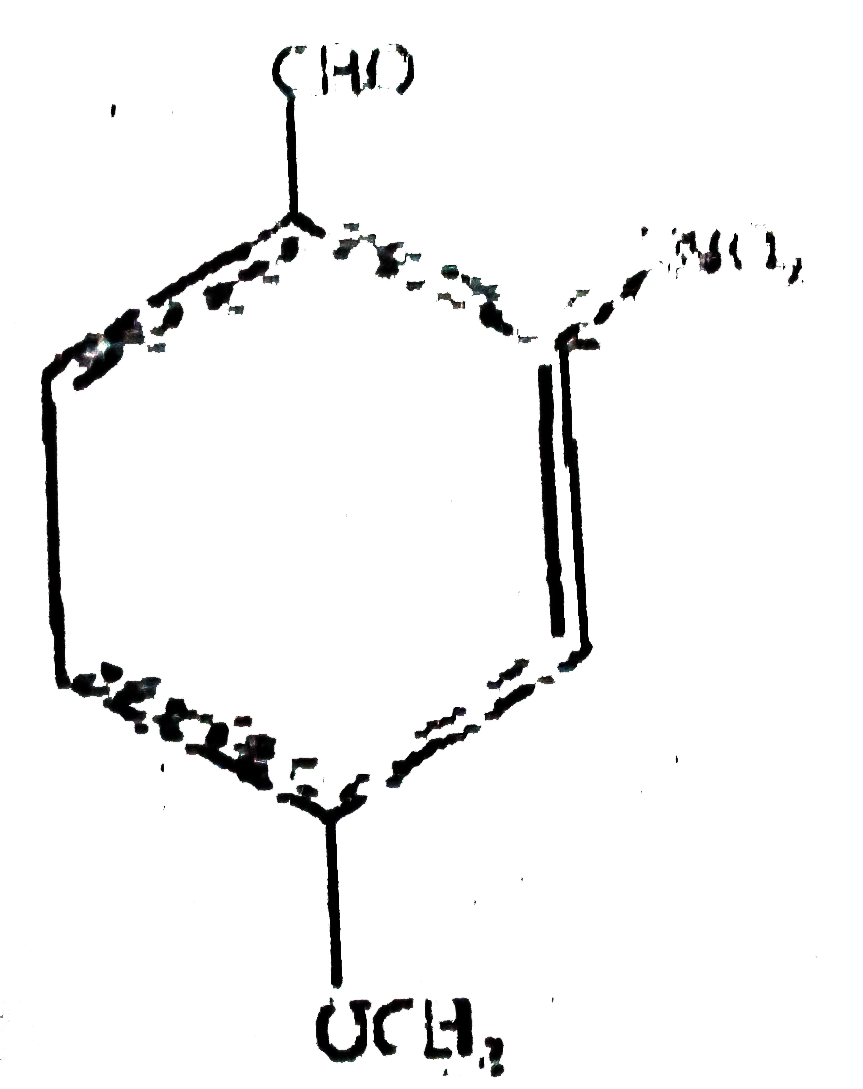An olefinic compound on reductive ozonolysis produces formaldehyde, acetaldehyde and 1, 3-propanedial. The IUPAC name of the alkene is
1, 4-Hexadiene
2-Methyl-1, 3-pentadiene
1, 2-Hexadiene
None of these
The correct Answer is:A
To solve the problem, we need to identify the olefinic compound (alkene) that, upon reductive ozonolysis, produces formaldehyde, acetaldehyde, and 1,3-propanediol. Let's break down the steps to find the IUPAC name of the alkene.
Step 1: Understand the products of ozonolysis
- The products given are:
1. Formaldehyde (HCHO)
2. Acetaldehyde (CH3CHO)
3. 1,3-Propanediol (CHO-CH2-CHO)
Step 2: Analyze the structure of the products
- Formaldehyde has 1 carbon atom.
- Acetaldehyde has 2 carbon atoms.
- 1,3-Propanediol has 3 carbon atoms and contains two aldehyde groups.
Step 3: Determine the total number of carbon atoms
- Adding the carbon atoms from the products:
- Formaldehyde: 1 C
- Acetaldehyde: 2 C
- 1,3-Propanediol: 3 C
- Total = 1 + 2 + 3 = 6 carbon atoms.
Step 4: Identify the possible alkene structure
- Since the alkene must have 6 carbon atoms and produce the given aldehydes, we can deduce that the alkene must have a double bond that allows for the formation of these products upon ozonolysis.
- The structure must allow for the cleavage that leads to the formation of the aldehydes.
Step 5: Write the possible alkene
- A suitable structure that fits this requirement is 1,4-hexadiene. This structure has:
- A double bond between carbon 1 and carbon 2.
- A double bond between carbon 4 and carbon 5.
- This structure allows for the cleavage to yield the specified products.
Step 6: Confirm the IUPAC name
- The IUPAC name of the alkene is 1,4-hexadiene.
Final Answer
The IUPAC name of the alkene is 1,4-hexadiene.
---
- The products given are:
1. Formaldehyde (HCHO)
2. Acetaldehyde (CH3CHO)
3. 1,3-Propanediol (CHO-CH2-CHO)
- Formaldehyde has 1 carbon atom.
- Acetaldehyde has 2 carbon atoms.
- 1,3-Propanediol has 3 carbon atoms and contains two aldehyde groups.
- Adding the carbon atoms from the products:
- Formaldehyde: 1 C
- Acetaldehyde: 2 C
- 1,3-Propanediol: 3 C
- Total = 1 + 2 + 3 = 6 carbon atoms.
- Since the alkene must have 6 carbon atoms and produce the given aldehydes, we can deduce that the alkene must have a double bond that allows for the formation of these products upon ozonolysis.
- The structure must allow for the cleavage that leads to the formation of the aldehydes.
- A suitable structure that fits this requirement is 1,4-hexadiene. This structure has:
- A double bond between carbon 1 and carbon 2.
- A double bond between carbon 4 and carbon 5.
- This structure allows for the cleavage to yield the specified products.
- The IUPAC name of the alkene is 1,4-hexadiene.
The IUPAC name of the alkene is 1,4-hexadiene.
Similar Questions
Knowledge Check
The IUPAC name of the compound
 A3-keto-2-methylhex-4-enalB5-formylhex-2-en-3-oneC5-methyl-4-oxohex-2-en-5-alD3-keto-2-methylhex-5-enal
A3-keto-2-methylhex-4-enalB5-formylhex-2-en-3-oneC5-methyl-4-oxohex-2-en-5-alD3-keto-2-methylhex-5-enalThe IUPAC name of the compound
 A3,3-dimethyl-1-hydroxycyclohexaneB1,1-dimethyl-3-hydroxycyclohexaneC3,3-dimethylcyclohexan-1-olD1,1-dimethylcyclohexan-3-ol.
A3,3-dimethyl-1-hydroxycyclohexaneB1,1-dimethyl-3-hydroxycyclohexaneC3,3-dimethylcyclohexan-1-olD1,1-dimethylcyclohexan-3-ol.The IUPAC name of the compound
 A3-phenylbutaneB3-cyclohexylbutaneC2-cyclohexybutaneD2-phenylbutane.
A3-phenylbutaneB3-cyclohexylbutaneC2-cyclohexybutaneD2-phenylbutane.

 is
is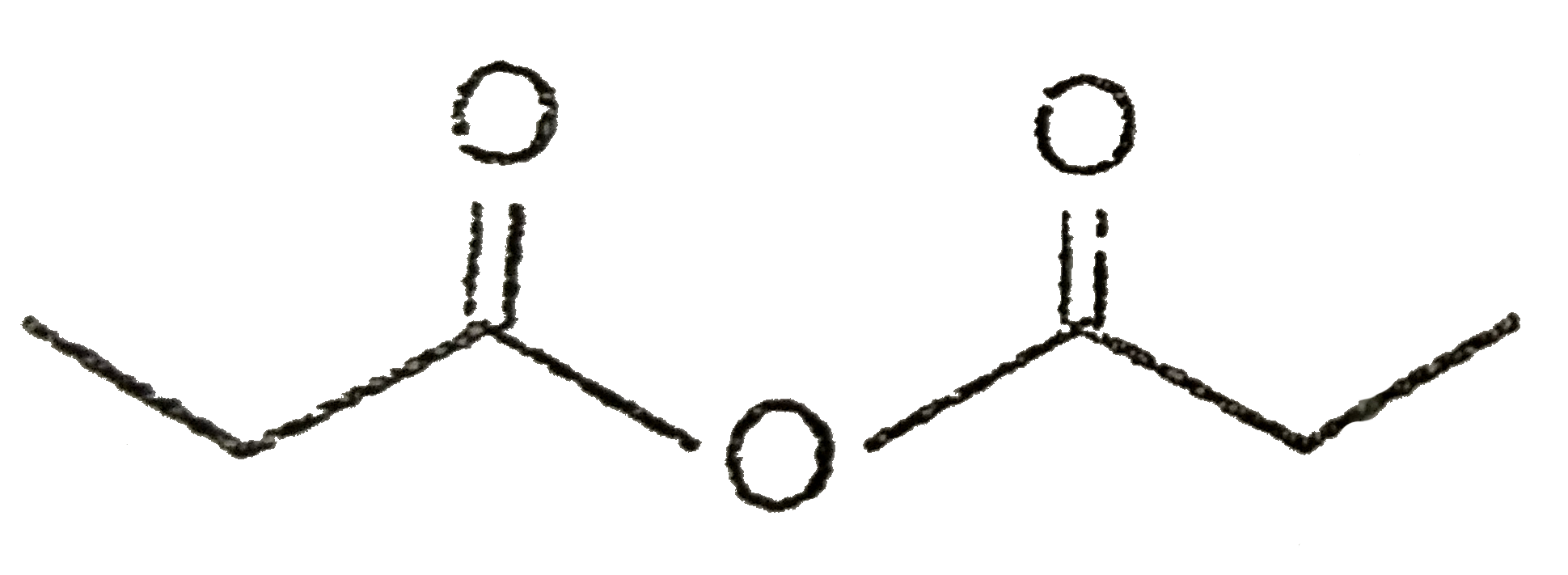
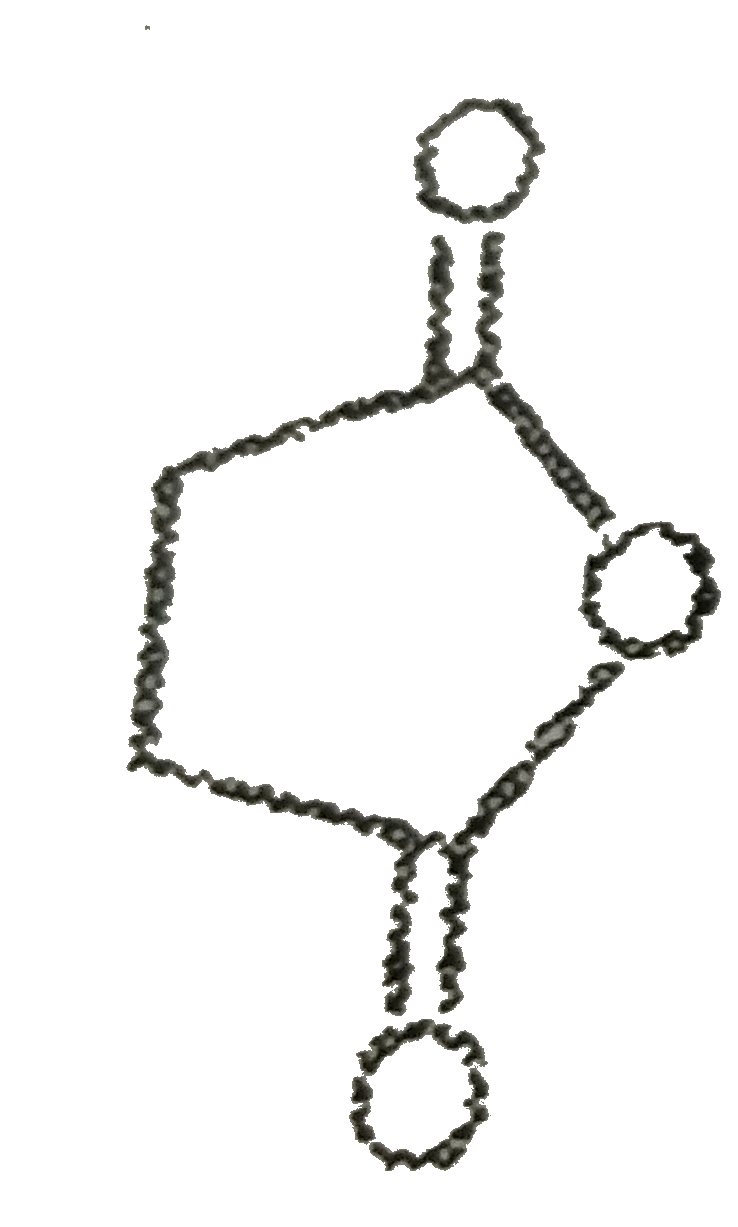
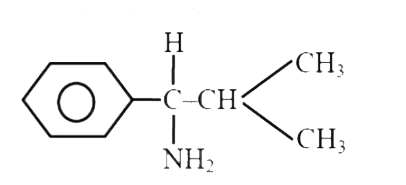
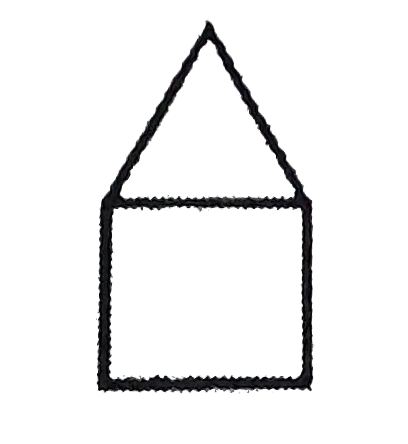 ltis
ltis 